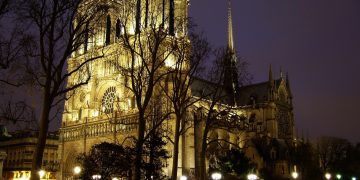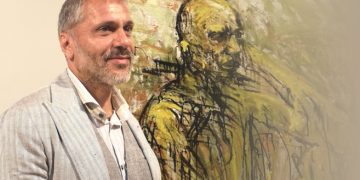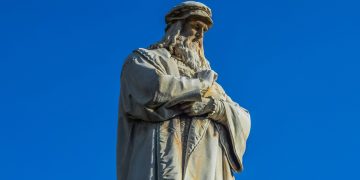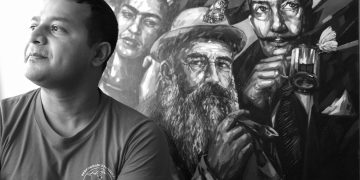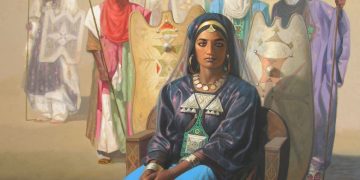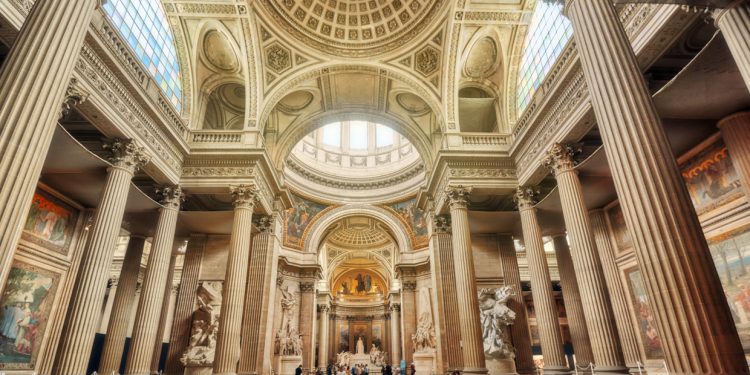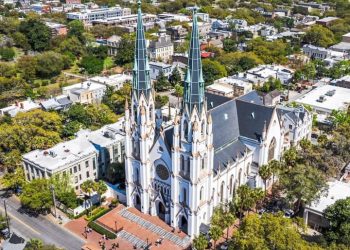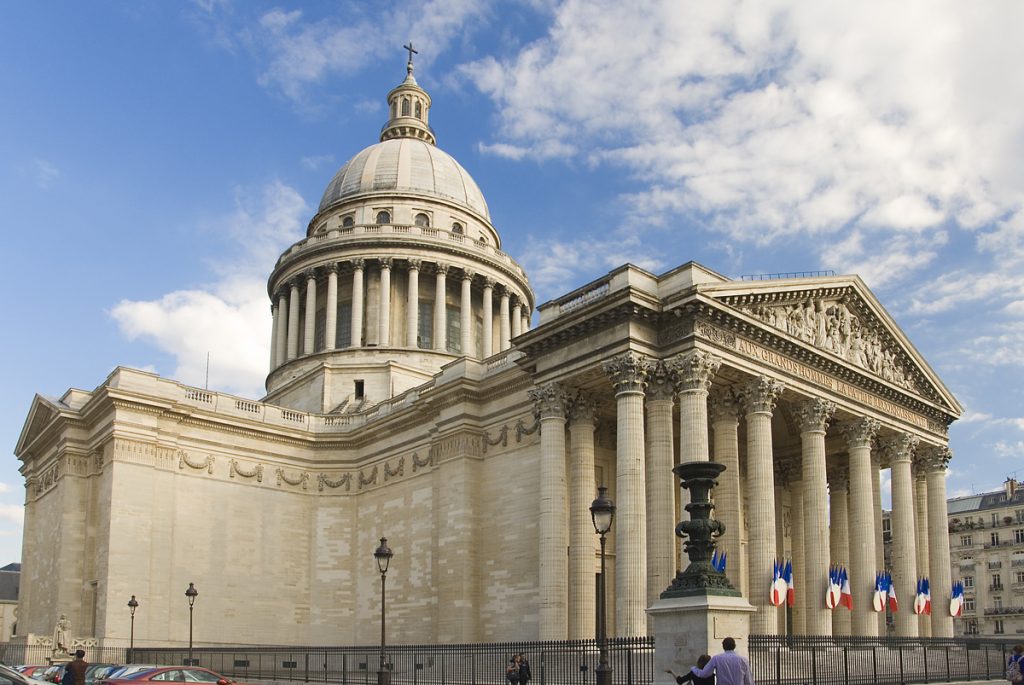
The Pantheon was built by order of King Louis XV between 1758 and 1790 to be the church of «Sainte Geneviève». It was designed by Jacques Germain as a church that combines classical and Gothic cathedral.
Some of the originally existing windows were blocked with masonry to give the interior a darker, more funereal color, which somewhat limited Soufflot’s initial attempt to combine the lighting and brightness of a Gothic cathedral with classical principles. In 1851 the physicist Léon Foucault presented an exhibition of the movement at the Panthéon by hanging a clock from the ceiling, a copy of which is still visible today.
In 2018, the Panthéon housed the remains of 78 great French personalities, including those of 73 men and five women. Among these personalities: Marie Curie, Voltaire, Jean-Jacques Rousseau, Jean Moulin, Émile Zola, Victor Hugo and recently Joséphine Baker.
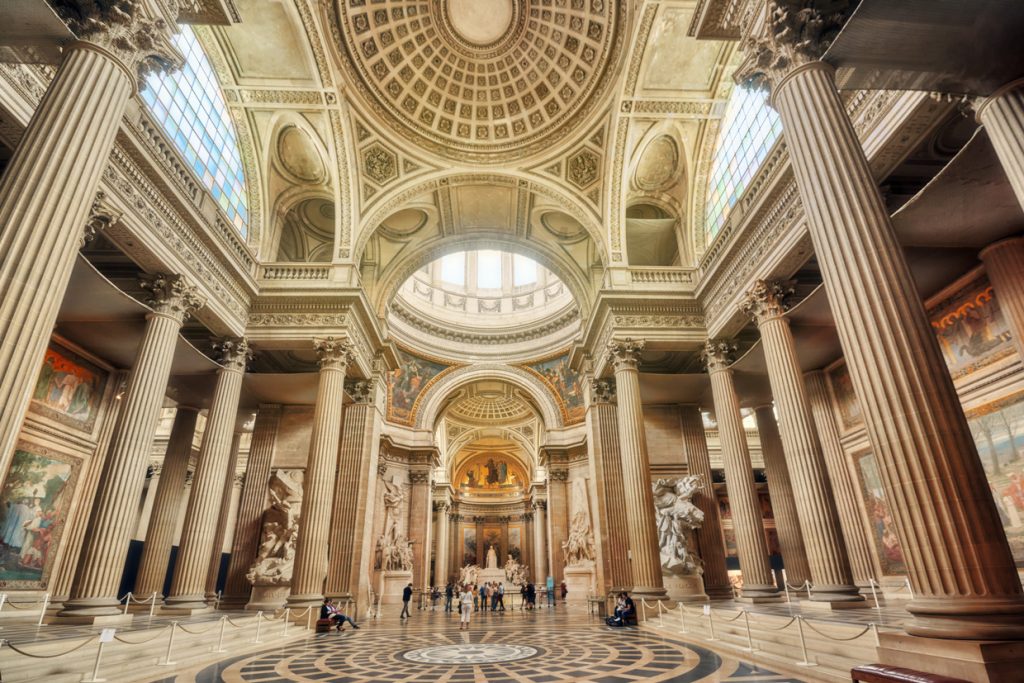
A rich history
The Pantheon site has had great importance in the history of Paris, which makes it one of the most visited monuments by foreign tourists and even by the French, hence the beautiful view of Mount Lucotitius and its imposing height on the left bank where the forum of the Roman city of Lutèce is located. The original burial place of Saint Genevieve, who led the resistance against the Huns when they threatened Paris in 451.
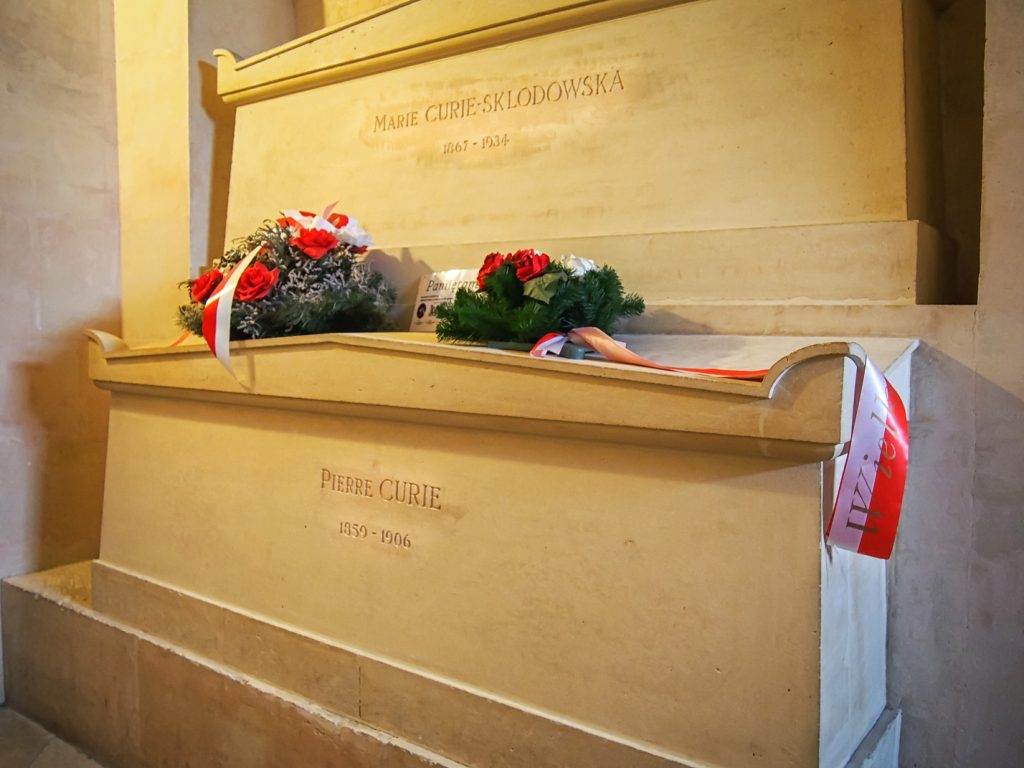
Magnificent architecture
The building is 110 meters long, 84 meters wide and 83 meters high, with a crypt of the same size. The dome actually consists of three domes, proportional to each other, the first lower dome, has a roof covered with roses, it is open in the middle. Looking through this dome, one sees the second dome decorated with frescoes of the Apotheosis of Saint Genevieve by Antoine Gros. The third dome, visible from the outside, is constructed of stone and iron, covered with a layer of lead to provide additional supports hidden within the walls.



